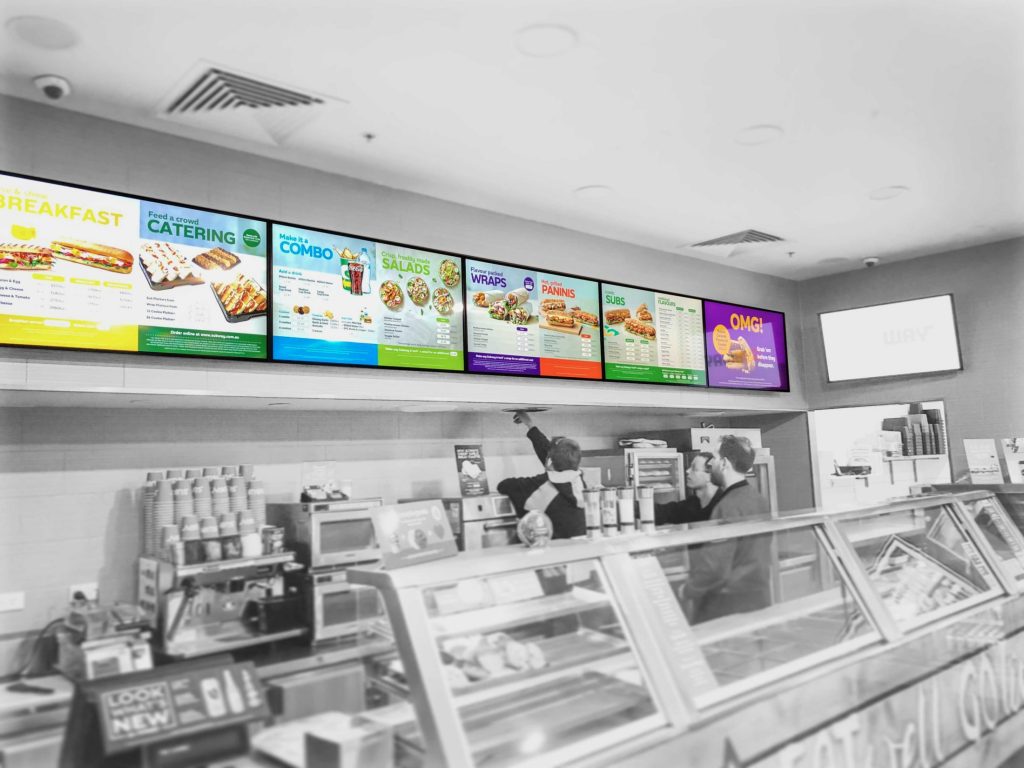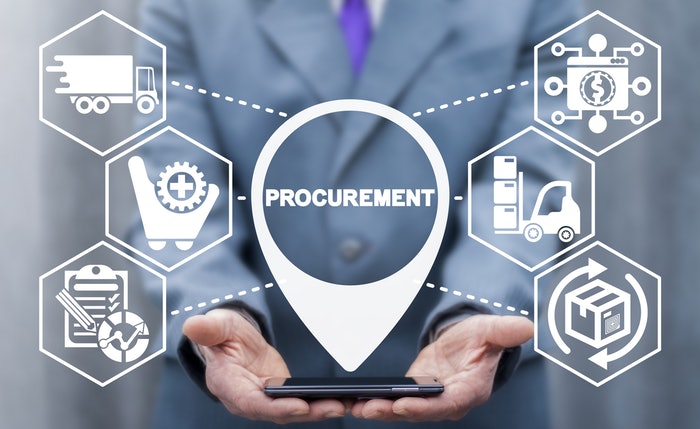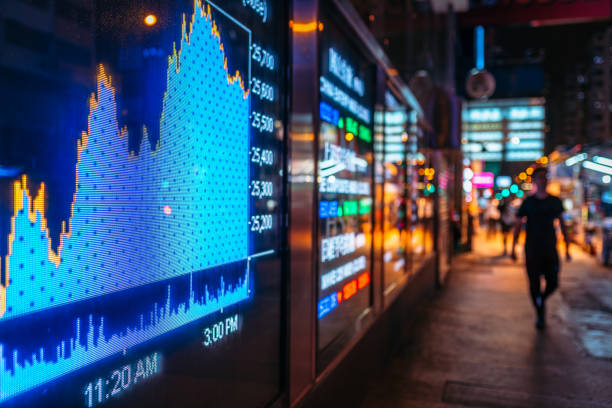Digital Signage
What You Need To Know When Purchasing Digital Signage Solutions
Digital Signage
With the ever changing market place and our ever changing working environment, the need to have a different solutions to the same age old problem is forever a challenge for businesses. PCL Global has formulated new strategies to get your Digital Signage requirements at a fraction of the cost compared to other providers.
Please fill out our short form here and one of our reps shall get back to you with what you need!
Understanding Digital Signage
PITCH
The pitch of the sign is the size of each pixel in a LED display. A P10 for example is the size of the pixel at 10mm x 10mm, a P5 is 5mm x 5mm and a P2.5 is 2.5mm x 2.5mm. The smaller the size of the pitch, the more pixels are fitted into an area of the screen and hence creating a higher resolution. A typical P10 module (or a LED Panel) is 320mm x 160mm, and has a resolution of 32 x 16, or 512pixels in a panel. A P5 module in the same 320mm x 160 configuration would actually have a resolution of 64 x 32, or 2048pixels in a panel. The smaller the Pitch, the higher the resolution of a LED display.
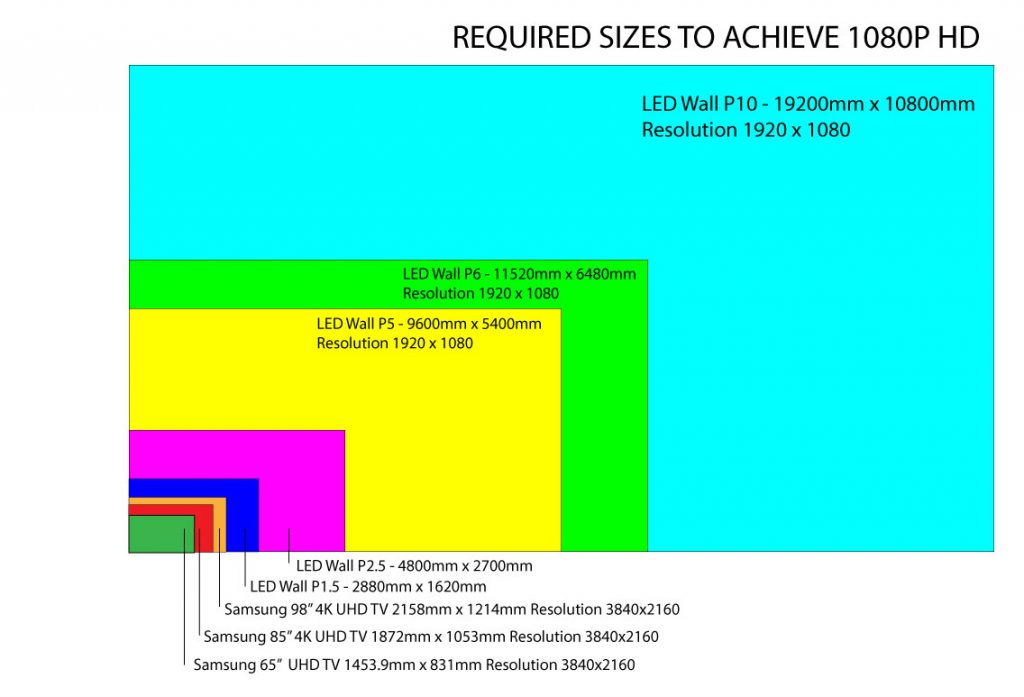
LED SIGNS
USES: For large sized displays operating both indoors and outdoors. Primarily used for image display purposes, however with the right equipment HD videos can also be displayed. Suitable for distant viewing distances. Unlimited in the size of the sign display. Can be frequently seen on the side of roads and highways.
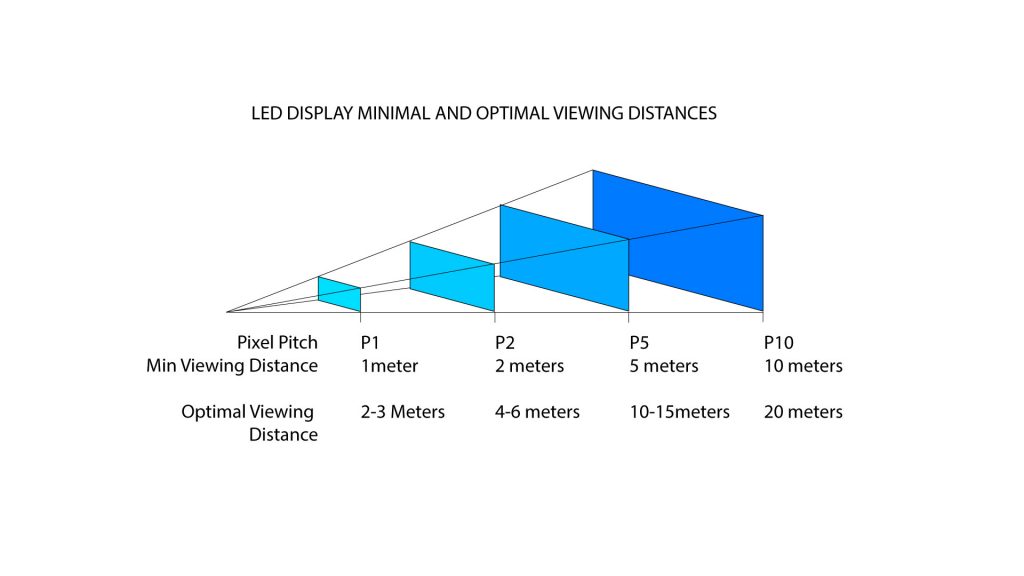
Pros: LED displays are well suited in the outdoors with proper weathering protecting, delivering brightness levels that no LCD screens can rival. Furthermore there are pratically no restrictions to the size or shape that a LED display can be made into. In indoor situations, a smaller pitch such as P2.5 (even P0.9 is now available) can be used to create a large movie screen WITHOUT any gaps or screen border lines seen in conventional TV Walls. Servicing of the screens is quite simple as replacing single modules where problems occur.
One aspect of LED displays that many may not be aware of are the different irregular setups that is possible for LED displays. With the right manufacturer and the right controller cards, LED displays can be made into irregular displays and implemented in ways that will increase your wow factor!

Cons: Cost of LED displays can be much higher than that of a LCD Screen, especially when the pitch of the sign becomes smaller and higher image/video quality is required. Colour differences between new and existing modules can cause different shades of colour to occur when modules are replaced.
Applications: the application of LED displays are endless, whether it is a standard P10 street sign, to a finer P5 screens used in commercial environments, right down to HD P2.5 or P1.5 large movie screens, the applications of LED displays are endless. If you have been watching the reality talent shows such as Australia’s Got Talent, then you will notice the displays in the background are all HD LED displays. It is also worth noting that LED displays work on a different refresh rate than that of LCD displays. what this means is that when you try and take pictures of LED displays, you can never quite get the right shot compared to a picture taken of a LCD display.
LCD SCREENS
USES: For INDOOR uses only (or where natural elements are protected against), suitable for use where detailed images and text is required and the viewers can be within touching distance. Currently the largest commercial grade LCD TV that can be purchased in Australia is 100inch with a price tag of over $10K. TV walls can be created by combining a number of the same screens to create a larger display, however the frames on each of the screens will create diver lines on the large display.
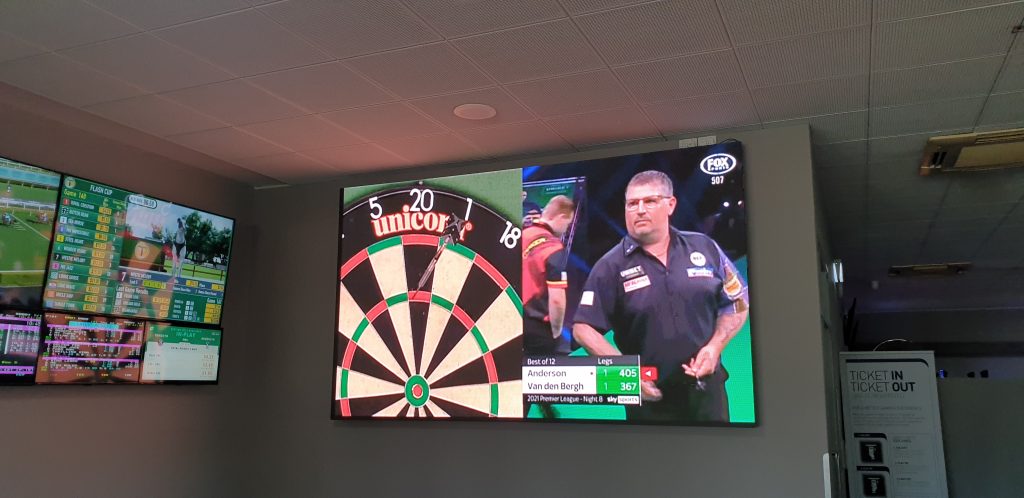
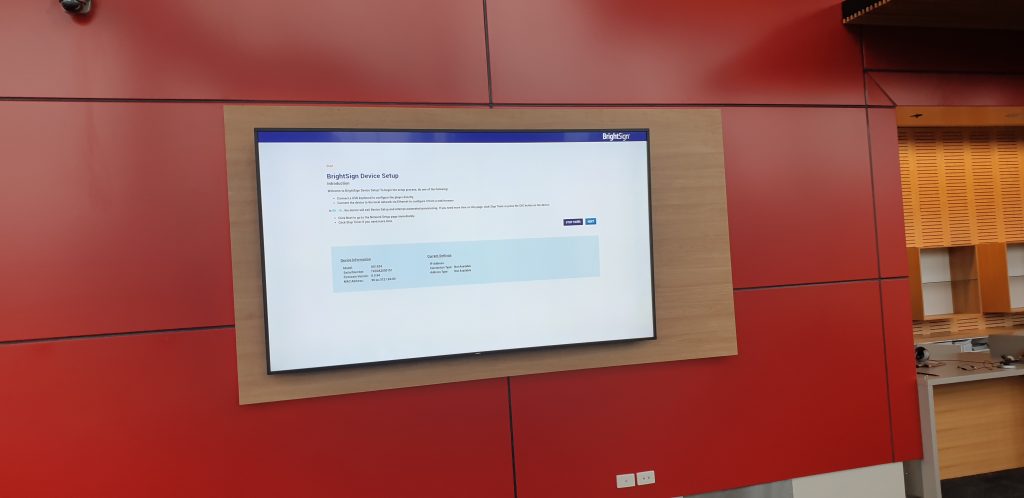
PROS: LCD Screens are relatively cheap to purchase, scaleable and content managed much more easier than a LED display. Some screens can be controlled with the use of a USB memory stick, for more complex solutions, a media player can be plugged directly into the HDMI/DVI ports of the screen; on some screens a media player may already be built in. LCD Screens have a lot more flexibility in relocation and be much more cost effective than its LED counterparts.
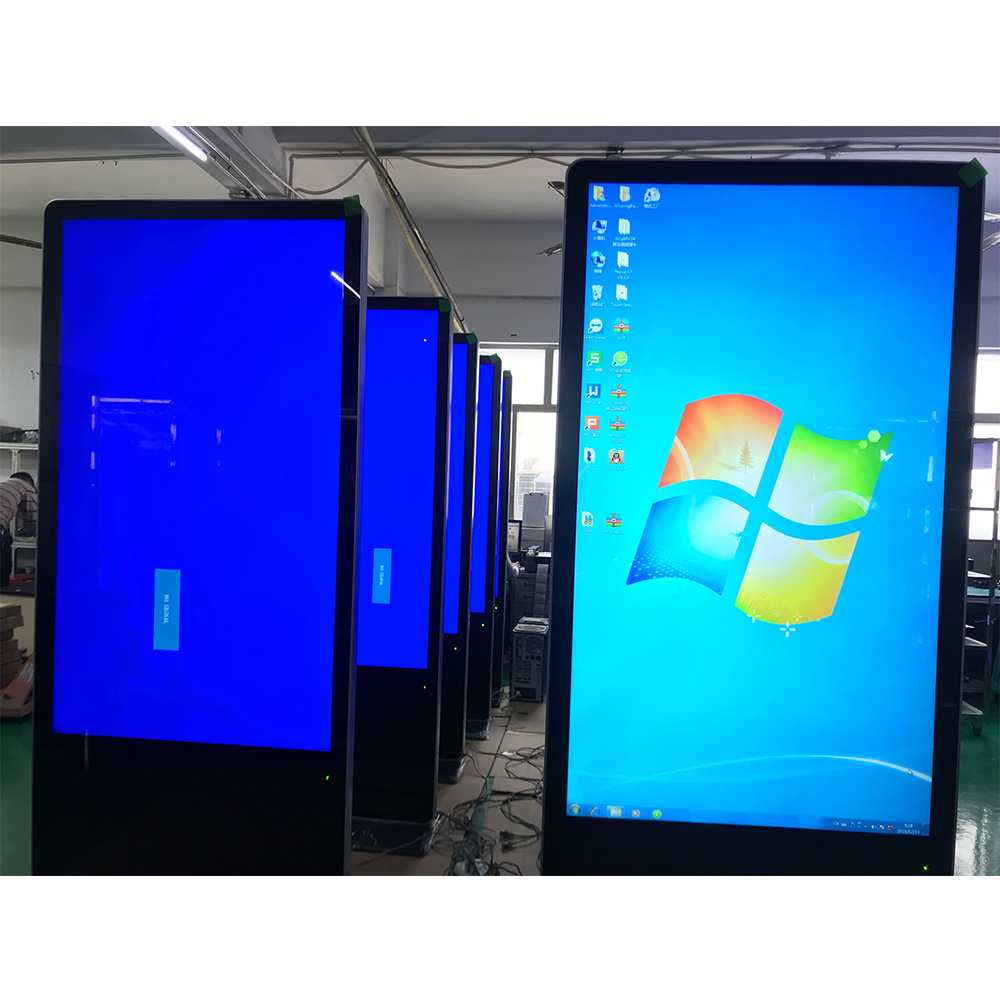
CONS: Whilst LCD Screens are relatively cheap, and putting together a TV Wall may cost less than that of a LED Screen, the final effects is no where near that of a LED large screen. The applications of LCD Screens are limited in indoor settings, and there are only a handful of LCD screens that have the brightness to be able to work under direct sunlight. The cost of these screens may outweigh the original purposes of the screens. Further to this problem, heat ventilation becomes another major issue that businesses have to take into consideration, the higher the brightness, the higher the heat levels.
Brightness aside, LCD screens are not build to withstand the elements, when boxed into weather resistant enclosures, heat ventilation becomes more of an issue. Furthermore, should a small section of a screen fail, the whole screen must be replaced. There is also the issue of screen burns, where if an image is displayed at the same area for a elongated period of time, a discolouration will occur when another image is displayed over the area where the screen burn has taken place.
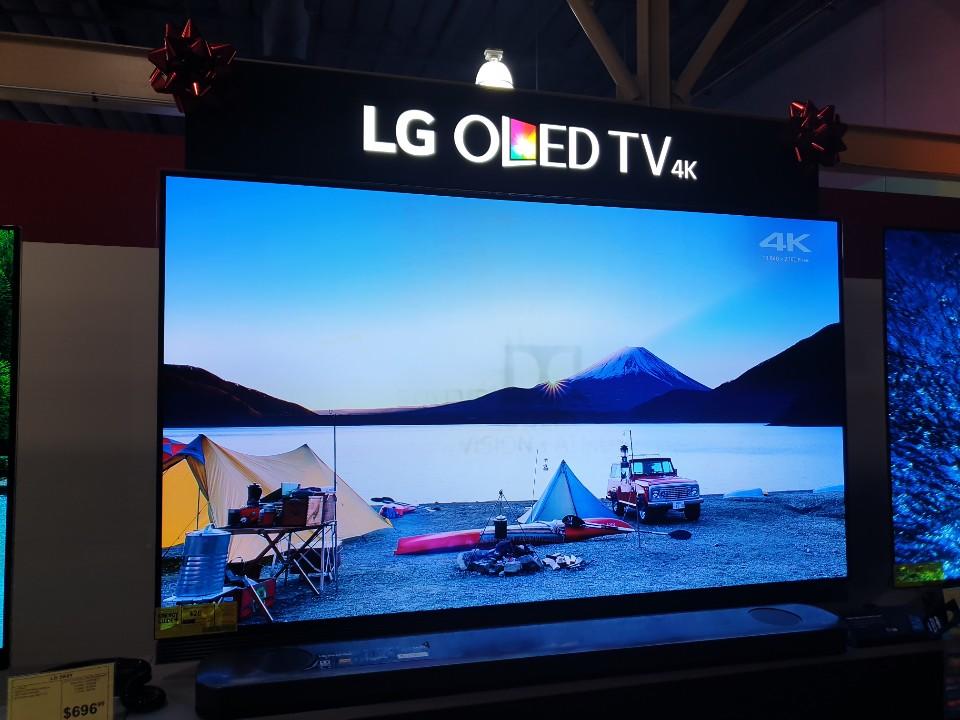
APPLICATIONS: LCD Screens are great for displaying high quality image or smaller sized texts. A perfect use of the screen would be in the hospitality industry, where images of meals and their descriptions are displayed, or a menu board where a large number of menu items are displayed and must be readable for customers. Video walls are possible with LCD screens, however even with the thinnest bezel available (3mm) there still remains border lines in between the joins of each LCD Screen.
